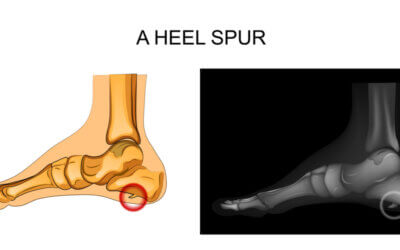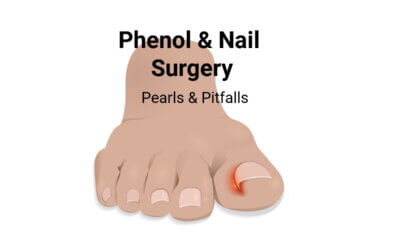Some Things You Need to Know About Bunion Surgery?
When a colleague (HFP) sought this question, she was generous and mentioned her surgeon was busy and thought it an oversight. I am both an ex-patient and a foot surgeon, and I’m afraid I have to disagree. We often confuse nice with good, and all clinicians have a blip – but then don’t we all? So we have a patient leaving the hospital after bunion surgery. No post-operative information is apparent, so what does she do? Call a friend! This, in fact, is Facebook and jolly good it is as there is a heap of friendly advice.
How Does Bunion Surgery Impact Our Lives?
It may seem simple to accept a risk from surgery is low in percentage terms but in this article I explore a new phenomena to may patients and that is actual impact should a perceived low risk actually arise. A number of different complications and problems are discussed and the impact this has should it arise is highlighted with examples and supplementary papers.
Writing to a GP About Your Patient
Writing is a skill as much as using the referral mechanism to seek action for your patient. This article teases out some dos and don’ts hopefully to get a better deal.
The Heel Spur myth
Nothing has been so maligned than the heel spur myth in the cause of heel pain. This is something no doubt many professionals dealing with MSK have to consider.
Patients Who Mislead Clinicians
A nail that kept growing so far requires a biopsy with the return diagnosis of amelanotic melanoma. Paul discusses how easy it is to be misled by older patients.
Pain after Injections for Nail Surgery
Pain after injections for nail surgery is brought this month to readers by Alison Charlton. Alison is an avid reader of Podiatric Reflective Newsfeed and publishes her short case history for ConsultingFootPain. A growing number of queries are being raised on Podiatry Forums covering nail surgery
Chronicity and the Lateral Ankle Sprain
Chronicity and the lateral ankle sprain comes not as a surgical article, neither one about fractures of the ankle which form part of acute trauma. The subject is limited to the lateral ankle sprain and tears. Medial ankle sprains do arise but are generally rarer when compared to the other side of the ankle. When it comes to the anatomy involved, bone, joints, or soft tissue, the chronicity and lateral ankle sprain problems will vary.
Ankle Fracture or Sprain
During my 40 year career patients consulted me at various ages, and over various time frames since injury to the ankle. This has always provided me with various ideas on what their problem was. It seemed, back then, that the so-called common ankle sprain was the most under-treated injury known to mankind.
Phenolic Nail Surgery
There is nothing like a challenge and after a series of posts and comments by professionals the author decided to delve deeper into the problems of phenol, risk and healing problems as in pitfalls. Some useful nuggets are exchanged.
Continuing Professional Development in Podiatry
What makes up continuous professional development, more so today than ever. Ivan Bristow discusses the attitudes of regulators and government as gatekeepers for health education in the UK









